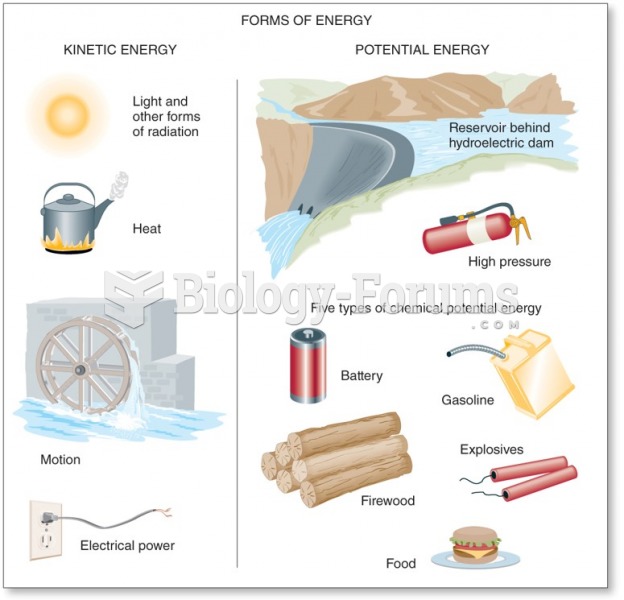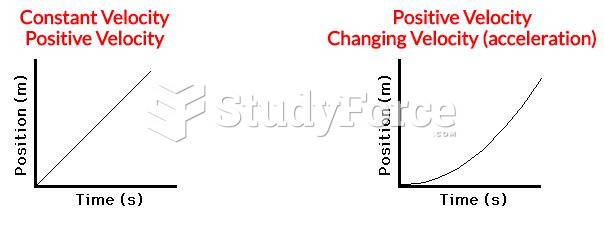Answer to Question 1
Regulatory approach allows for the setting of health-based standards to protect the health of the most vulnerable members of the population. The regulatory approach also works well with land use issues in which certain values are upheld that will not necessarily be protected by a straightforward market approach. One of the shortcomings of the regulatory approach is that it practically guarantees a certain sustained level of pollution; the policy gives the polluter no incentive to invest in technologies that would keep pollution at lower levels than allowed. A better approach might be to set a standard for air quality or water quality, for example, and let the polluter decide how best to achieve the standard. Here there is a command, but control is in the hands of the polluter.
Market-based policies have the virtues of simplicity, efficiency, and (theoretically) equity. All polluters are treated equally and will choose their responses on the basis of economic principles having to do with profitability. Basically, this is the pay-as-you-pollute principle. If it costs less to be environmentally friendly, or if you will sell more products that way, then the company will chose to do so.
Answer to Question 2
The science of geology provides information about the probable locations and extent of ancient shallow seas. On the basis of their knowledge and their field experience, geologists make educated guesses as to where oil or natural gas may be located and how much may be found. These educated guesses are the world's estimated reserves. The estimates may be far off the mark, because there is no way to determine whether estimated reserves actually exist, except by exploratory drilling. (I)f exploratory drilling strikes oil, further drilling is conducted to determine the extent and depth of the oil field. From that information, a fairly accurate estimate can be made of how much oil can be economically obtained from the field. That amount then becomes proven reserves. If the economics of oil extraction change, then the amount of proven reserves can change.







